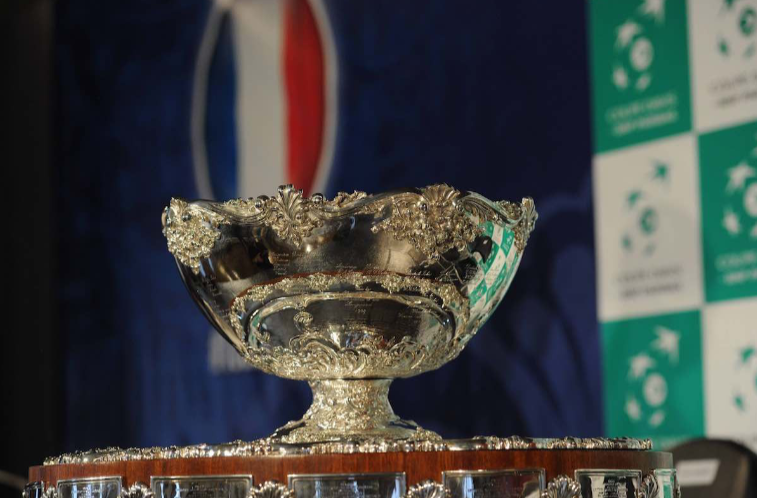
The Indian team was given a difficult task when they were challenged to defeat Denmark, led by World No. 9 Holger Rune, in order to maintain their position in World Group I. India lost 2-3 to the Danes at the indoor hard courts of the Royal Stage in Hillerd, despite a glimmer of resiliency from Sumit Nagal.
Given the stakes, it was a pretty underwhelming showing from an Indian squad that, on paper, had a stronger roster than their rivals. As a result, India is in Group II for the first time since the Davis Cup was transformed into a tier-based tournament with promotion and relegation in 1981.
With this defeat, India is currently at a crossroads between its illustrious history and its uncertain future, while its present seems hopeless. The fall of Indian tennis was evident at the last year, when for the first time since 2017, no Indian player—neither from the nation’s main draw nor a from the qualifiers–-could advance to a Australian Open’s qualification round.
For the first time since 2005, India had no players ranked among the top 300 in the ATP in November. Sumit Nagal, a wildcard participant at the 2021 Australian Open, was the last Indian male to participate in a singles Grand Slam main draw match. The top men’s player in the nation right now is Prajnesh Gunneswaran, who is 33 and rated 306; Rohan Bopanna, 42, is the top doubles player.
All 32 of India’s Grand Slam victories (earned by four players) have occurred in the mixed or doubles categories, demonstrating the country’s longstanding dominance in the sport. With players like Rohan Bopanna (20), Saketh Myneni (82), Bhambri (88), Jevan Nedunchezhiyan (93) and N Sriram Balaji (100) all ranking in the top 100, there is also no shortage of talent in India especially in doubles.
India has advanced to three Davis Cup finals, but they have never been a dominant force in the competition. They have relied on individuals who have achieved success on their own for all these years, whether it be Ramanathan and Ramesh Krishnan, Vijay and Anand Amritraj, Leander Paes and Mahesh Bhupathi, or Somdev Devvarman.
These Indian legends punched above their weight to give India a fighting chance in a sport that is becoming more and more competitive. The corruption in the system, however, has become apparent as a result of the heroes’ departure and the drying up of achievements.
Some shameful records illustrating the decade-by-decade decline in Indian tennis status in Davis Cup
- The last time India played in the final of the Davis Cup was in December
1987, - The last time India competed in the World Group, the 16-team crème de la
crème of Davis Cup nations, was in March 2011. - The first time India dropped down to Group II in the Davis Cup is February
2023 – . This is year by year.
Leander Paes Laments State Of Indian Davis Cup
It will take “better half of a decade” to raise the threshold of India tennis, according to Leander Paes, the iconic Indian tennis player, who appeared upset about his country’s performance in Davis Cup. Leander Paes was speaking to the media while seated next to his father, Dr. Vece Paes, who won a bronze medal in hockey at the Munich Olympics in 1972 and the 1971 Hockey World Cup in Barcelona.
“That being said, I think it’s going to take a better half of a decade for the Davis Cup team to have that quality like we had when Ramesh Krishnan, Zeeshan Ali, Vijay Amritraj, and all of us had… To get to the semi-finals in the Davis Cup is tougher now,” he said.
